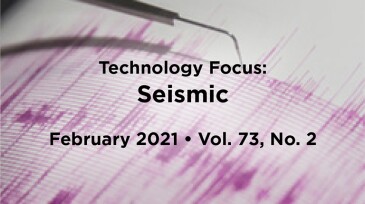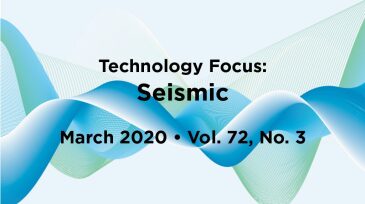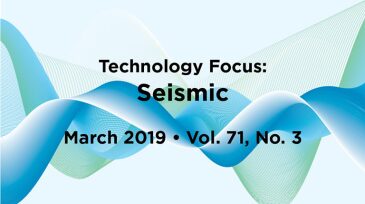
Mark S. Egan
Independent ResearcherMark Egan, SPE, worked for more than 40 years with Schlumberger and its heritage companies. He held regional and global chief geophysicist positions in North America, Saudi Arabia, Dubai, and London. Egan now conducts private research using seismic modeling to determine previously unrecognized limitations of commonly accepted best practices in survey design, data processing, and inversion. Results of this work have been presented to various local geophysical societies. He holds a BS degree in physics and mathematics, an MS degree in acoustics, and a PhD degree in geophysics. Egan has authored several publications and holds two patents. He is a member of SPE, the Society of Exploration Geophysicists, the European Association of Geoscientists and Engineers, and the Geophysical Society of Houston. Egan is a member of the JPT Editorial Review Committee and can be reached at egan9@hotmail.com.





